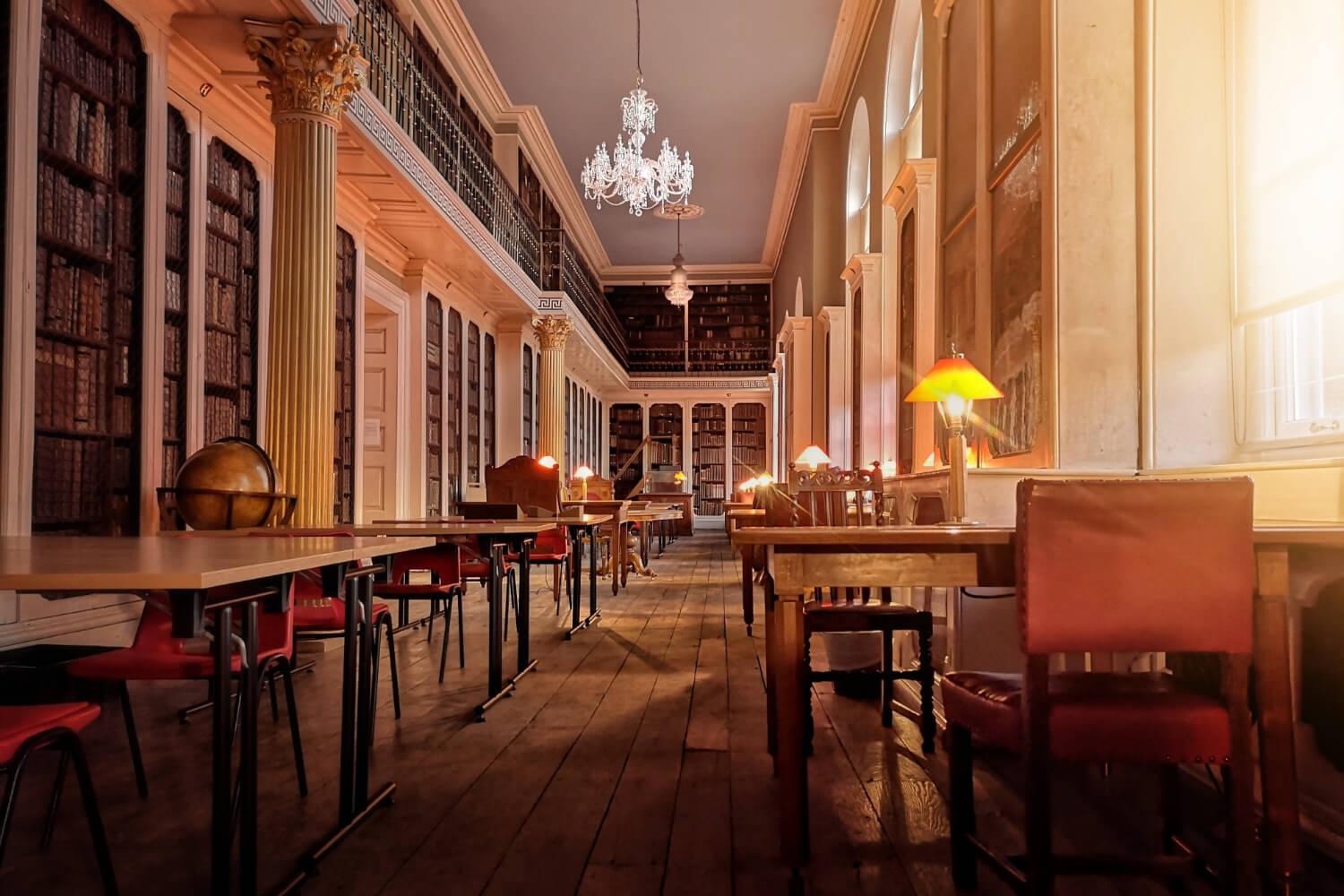Situating the Catholic Studies Project
Dr. R. Jared Staudt Associate Superintendent for Mission and Formation, Archdiocese of Denver

The following text is drawn from "Catholic Studies and the Renewal of Higher Education," which serves as the introduction to Renewal of Catholic Higher Education: Essays in Catholic Studies in Honor of Don J. Briel, published in 2017 by University of Mary Press. Slight alterations have been made to the text.
Four dates define the unique educational approach of Catholic Studies. First, in May and June of 1852, Bl. John Henry Newman delivered a series of lectures to the newly organized faculty of the Catholic University of Ireland. Newman’s lectures, later published as The Idea of a University, provide the most compelling account of the essence of the university, whose mission it is to seek universal knowledge. True education should not impart disparate facts, because the mind has the “power of viewing many things at once as one whole” in an integrated fashion.1 Theology plays a key role in this integration as “religious Truth is not only a portion, but a condition of general knowledge.”2 Newman also laid out the goal of liberal education in the formation of a philosophical habit of mind, “of which the attributes are, freedom, equitableness, calmness, moderation, and wisdom.”3
In 1909, as a young man of 19, the great historian Christopher Dawson sat on the steps of the church, Ara Coeli, next to the Forum in Rome, where Gibbon had decided to write his Decline and Fall of the Roman Empire. Dawson, facing Rome’s many churches, decided to write a history of culture, in which, unlike Gibbon’s account, he would argue that religion plays the leading role in forming culture. Many years later, as the culmination of this project, his book, The Crisis of Western Education, argued that university education must focus on Christian culture as a unifying principle to overcome the crisis of identity faced in modern culture. Dawson argues that “the essential function of education is ‘enculturation,’ or the transmission of the tradition of culture, and therefore it seems clear that the Christian college must be the cornerstone of any attempt to rebuild the order of Western civilization.”4
Later in the same century, in 1990, Pope St. John Paul II, recognizing the crisis and secularization of Catholic higher education, issued a constitution on Catholic universities, Ex Corde Ecclesiae. He called not only for fidelity in theological teaching, but also laid out a broader vision of interdisciplinary study and holistic formation:
There is one conspicuous absence from the four foundational dates mentioned above: the Catholic imagination. We could add a supplemental date of 1964, which marks the death of a great Catholic artist, Flannery O’Connor. O’Connor, though not a central figure in the Western canon, nonetheless marks an important moment in American Catholicism, in which a Catholic could communicate a sacramental vision to a non-Catholic audience in the United States. O’Connor describes the vision she brought to an increasingly secularized and wounded culture:
Literature, along with the arts more broadly, assists, in particular, with the formation of a Catholic imagination or, speaking more broadly, a Catholic vision of the world. Unlike theology, which more narrowly focuses on the understanding of God’s revelation, Catholic Studies explores the broad, living tradition of Catholicism, tracing its impact across all of the disciplines and its instantiation within culture. While it draws upon theology, which provides its access to the supernatural life of faith, it extends to philosophy, history, literature, the arts and even the professions. Catholic Studies is an integrative project, with three general tasks: reuniting faith and reason, faith and culture, and faith and life within the Catholic university.
1 John Henry Newman, The Idea of a University (London: Longmans, Green and Co., 1931), 137.
2 Ibid., 70.
3 Ibid., 101-102.
4 Christopher Dawson, The Crisis of Western Education (Washington, DC: The Catholic University of America Press, 2010), 115.
6 Flannery O'Connor, "The Church and the Fiction Writer," in Collected Works, ed. Sally Fitzgerald (New York: Library of America, 1988), 810.